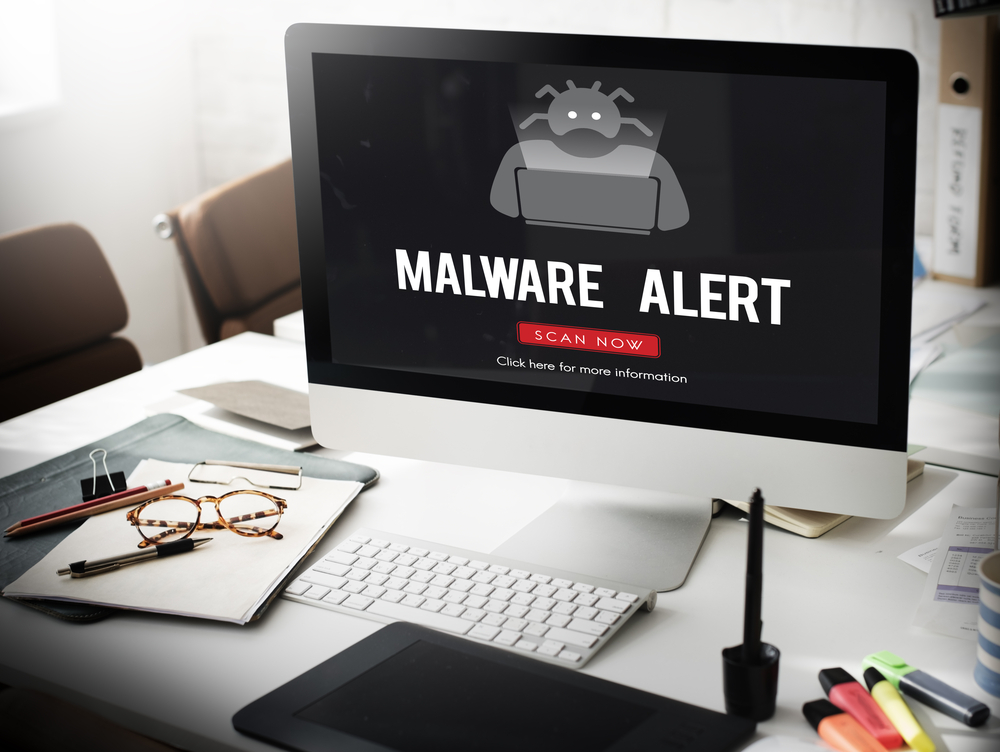Different Types Of Malware You Should Be Aware Of
Malware is short for malicious software. These computer programs infiltrate and damage computers without user consent. Malware covers every type of threat your computer faces like viruses, worms, spyware, Trojans, rootkits etc. Cyber attacks and malware are the biggest threats on the Internet today.
History of malware
With the world wide web coming into existence, the world saw the Internet take off in the early 1990s, with people seeing it as a means to deliver services and goods. But there were many who misused it to make money in the wrong way. Viruses were spread via CD ROM and floppy discs, and then through emails.

Different types of malicious software created problems for computer users of the 90s – deleting data, corrupting hard drives, playing sounds repeatedly or putting absurd messages on machines.
Some attacks appeared to be simple, but laid the foundation for malware as we know it today. For e.g., the Casino Disk Destroyer was a form of malware which would destroy the content on the disk completely.
Different kinds of malware and their attacks
Malware, just like traditional software, has progressed over the decades and is different according to the objective with which it has been formed.
- Wiper malware’s goal is to destroy/erase all data for which you need access to a computer and network. Wiper, the first major malware, was used against the Saudi Energy companies for stealing their data. The most recent wiper malware include Mamba and Stonedrill. The most recent malware attack was known to be caused by Petya ransomware. This was earlier thought to be a ransomware, but researchers did not retrieve the data after paying the ransom.
- With the increasing use of bitcoins, malware has been pushed into the public eye. Hackers are engaging in collecting bitcoin money as ransom to save the user from malware attacks. The largest cyber criminal cryptocurrency network, the Smominru botnet, has over 500,000 systems and it has helped them earn over $3.6 million dollars. A cryptocurrency miner put in a malware taking over the computer’s processing power to run the bitcoin mining operations. The computer slowed down completely as the miner was using huge amounts of the processing power. Lack of security and the nature of devices that are connected to it make it a target for cryptocurrency miners.
- As many use a strong antivirus and anti-malware system, hackers are building new ways to attack. One such method is making use of Fileless malware. The traditional methods of downloading and executing are being changed. They are now relying more on zero-day exploits, launching scripts from memory, infecting endpoints without leaving a trail. Fileless malware is a method of dropping the malware without emails and attachments. This is done with the help of system files and services to achieve access to devices all the while it remains undetected by the antivirus software. The hackers create hidden files and folders, and create scripts to compromise the systems, connect them to the various networks, and then command and control the servers to conduct stealth activity. Fileless malware is difficult to detect.
- With the rise of smartphones and tablets, mobile malware is also on the rise. New age criminals are making use of the smartphones to make gains wrongfully. Mobiles contain huge amount of personal information through which the hacker can scan and monitor our location. The amount of data on a mobile makes it an important target for hackers. The inherent abilities of a smartphone may allow the hacker with the right malware to physically locate you, take pictures and photos of you using the camera and cause a lot more damage.

